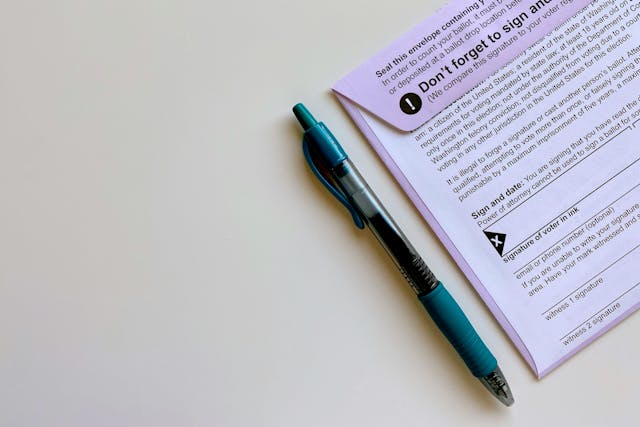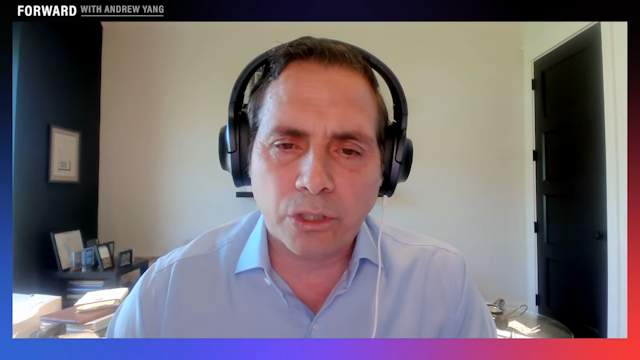Seeking Exposure, Third Party Candidates Begin Appearing in Presidential Polls

A recent poll shows that presumptive nominees Hillary Clinton and Donald Trump have record-high unfavorability ratings: 55 percent and 70 percent, respectively. Yet despite their unpopularity, the general electorate may not be exposed to third party candidates as an alternative.
This is largely a result of the rules governing who is included in the presidential debates. According to guidelines set by the Commission on Presidential Debates (CPD), a candidate must poll at 15 percent to be invited to participate. (Note: The Independent Voter Project has filed an amicus brief in the case to open up the debates.)
The CPD claims that the 15 percent criterion is fair because it treats all candidates equally (no candidate is automatically invited simply for having won a party's nomination) and because, in the words of CPD Director Dorothy Ridings, "During the course of the campaign, the candidates are afforded many opportunities in a great variety of forums to advance their candidacies."
But recent polling shows that many voters are not aware of third party options. The results of a Huffington Post/YouGov poll published on June 1, for instance, showed that approximately two-thirds of respondents had not heard of Libertarian Party nominee Gary Johnson. Candidates Donald Trump and Hillary Clinton, on the other hand, have for months enjoyed billions of dollars of "free" media coverage.
Third party candidates find themselves in a kind of catch-22. Because they lack popular support, pollsters often decide not to include them in their surveys; yet this exclusion inhibits their ability to gain exposure and support, as their names are not mentioned when the media reports the findings of the latest poll.
In 2012, for example, approximately 90 percent of polls did not include Gary Johnson or Green Party nominee Jill Stein. As a result, reports on presidential polls tended not to refer to these candidates – sometimes even representing support for them as "other" – keeping their exposure and electoral performances minimal.
In May of this year, the trend seemed to continue. A senior editor for HuffPost Pollster, explaining why its site had not reported on the standing of Johnson in the polls, observed that of the 15 pollsters it tracked, only 3 had included him.
"The answer to why HuffPost Pollster isn’t including Johnson in our charts should be clear at this point," she claimed. "We can’t include him when pollsters aren’t polling on him."
In June, however, some polling organizations have started to be more inclusive.
On June 1, RealClearPolitics posted two polls measuring public opinion in Georgia. Both Quinnipiac and Public Policy Polling (PPP) included Gary Johnson and Green Party candidate Jill Stein as options (Stein is currently not the party's nominee: the Green Party will select its nominee in August).
Since then, this practice has continued, at both the state and national levels. On June 7, PPP released the results from a poll in Florida that included Clinton, Trump, Johnson, and Stein, and Quinnipiac published its results of a four-candidate survey in Connecticut. The next day, PPP published the results of a poll in Pennsylvania that also included all four candidates.
On June 12, SurveyUSA released a national four-way poll for The Guardian, and on June 16, Reuters/Ipsos followed suit. Also that day, PPP released the results of a four-candidate poll in Virginia.
As Michael Barone has observed in the Washington Examiner, the results have been fairly modest for Johnson and Stein. In three-way contests involving Clinton, Trump, and Johnson, Johnson has polled 8 percent on average, drawing equally from Clinton and Trump. When Stein has been included, Johnson's support has fallen to 5 percent, with Stein winning 3 percent.
Yet Barone also notes that the support for Johnson and Stein may represent something significant: "potential flight." Given the unpopularity of Clinton and Trump, many voters are considering alternatives, or may in the end decide not to vote at all.
In the meantime, Johnson and Stein can be expected to monitor closely the effects of increased exposure as a result of being included in presidential polling. Perhaps one of them – or both – may hit the 15 percent threshold and be invited to participate in the CPD debates, which begin in September.



